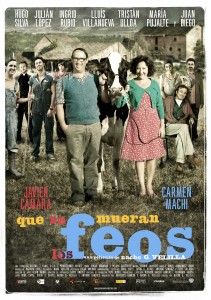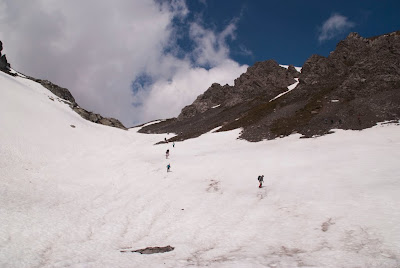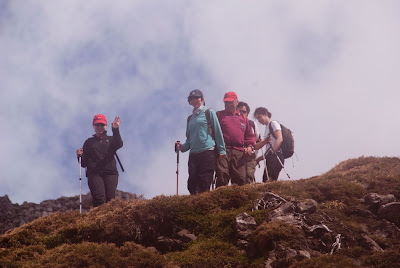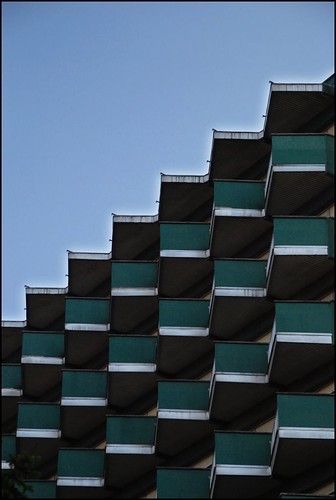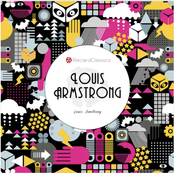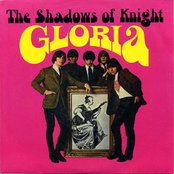Estar de Rodríguez / Being Mr Rodríguez
When Liz went off to work in Italy last year, people asked me how I was doing “living the life of Rodríguez” (the title of this post). This is what men left at home are called. It comes from the back end of the Franco era, and suggests a bloke, wife and kids on holiday for the traditional month or so, left at home, working. The sense is that Spanish men in the sixties were not exactly self sufficient when it came to home life. Now in my situation, it’s not quite the same; Liz is off working for a start, and I’m not incapable in the kitchen, but still…
So once again I am living the life of Señor Rodríguez while Liz is working really rather hard.
Sr Rodriguez went to the cinema last night. I was going to see a French kids comedy (Little Nicholas) but when I got to the cinema I changed my mind and went for Spanish fare instead. I saw Que se mueran los feos (which could be translated as ‘Death to the ulgy’ although that sounds a bit harsh… ) it was the sort of lightweight comedy set in a rural village we’ve seen a million times in the UK (and Ireland) but it starred Javier Cámara (who I would watch in anything ever since seeing Torremolinos 73). He played Eliseo, the balding socially-inept lonely fortysomething with a limp who longs for a partner but knows he’ll never have one and he actually brought a little depth to what could have been a terribly one dimensional character (I wouldn’t say it was complex and two dimensional, maybe one and a half dimensions). The rest of the cast I recognised by sight, if not by name, because they’re all on TV a lot, in fact one review I read said it was like watching an episode of Aida (a rather popular comedy series). That’s not a bad thing in my book.
